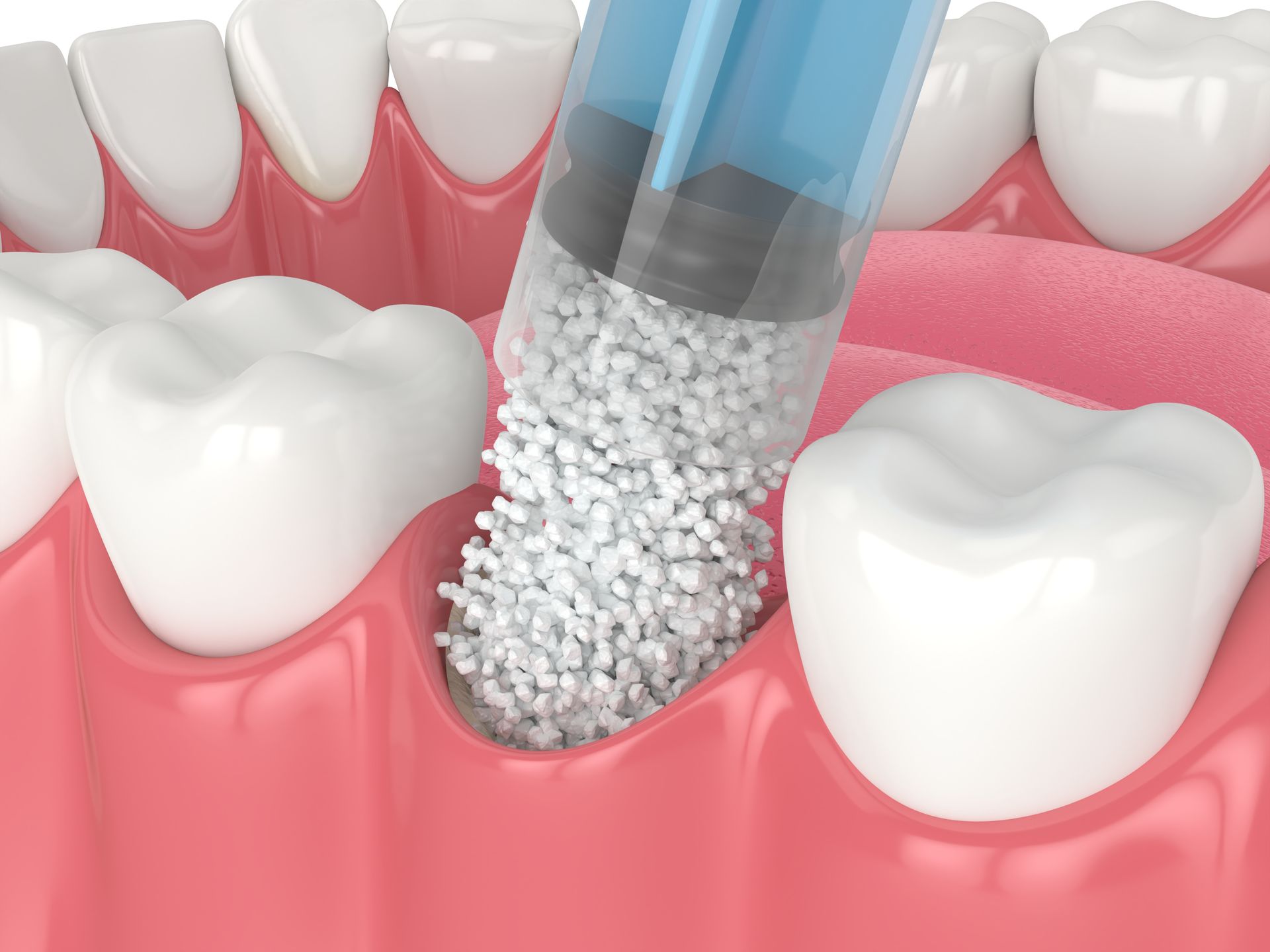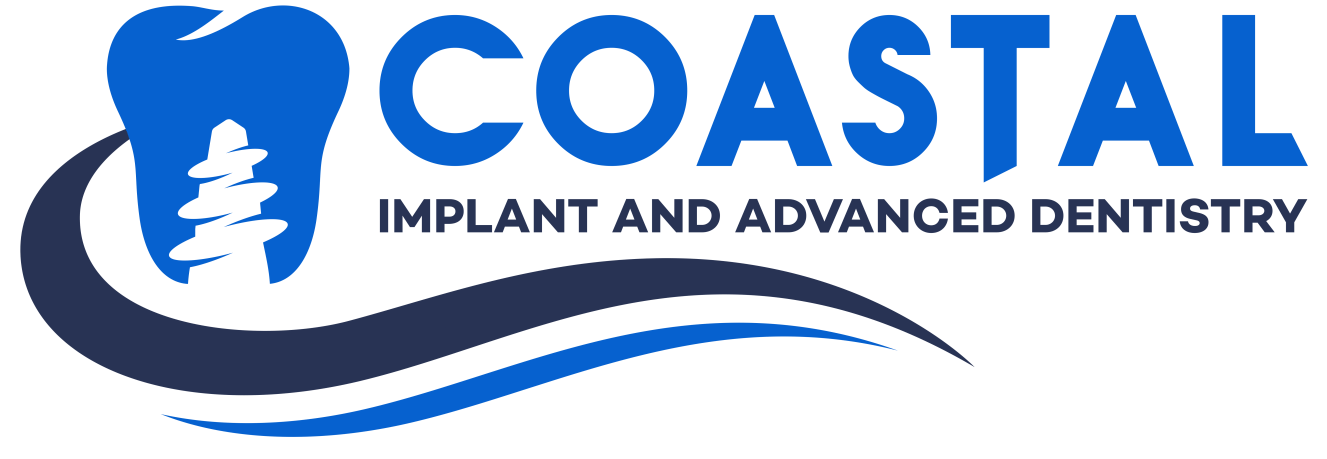Sinus And Bone Grafting
Several techniques can be used to raise the sinus and allow for new bone to form. Your periodontist can explain your options for bone graft materials, which can regenerate lost bone and tissue. The goal of this procedure is to provide the proper quality and quantity of bone for a successful implant placement that will remain in place for years to come.
One factor that contributes significantly to successful outcomes is patient compliance with post-operative instructions provided by their dentist such as avoiding aggressive physical activity for several weeks following surgery, refraining from smoking, and maintaining proper oral hygiene. Ultimately, a well executed sinus grafting procedure can make all the difference when it comes to restoring a person’s smile and confidence.
Bone Grafting
The key to the success of dental implants is the quantity and quality of the bone where the implant is to be placed. Bone grafting, also known as ridge preservation or guided bone regeneration, is a surgical procedure commonly used in preparation for dental implant placement. Generally during this procedure, the surgeon will use bone material or bio-compatible material and place it at the future implant site to help stimulate new bone growth.
Bone grafting can correct deformities in the upper or lower jaw enabling dentists to place implants even in areas where there wasn’t enough healthy bone before. It also serves as a way to prevent jawbone loss, preserving its structure and form prior to placing a dental implant. Depending on the complexity of treatment, patients who have previously been ineligible for implants may be able to benefit with this technique by providing additional strength and stability in areas where there was insufficient natural jawbone present.


